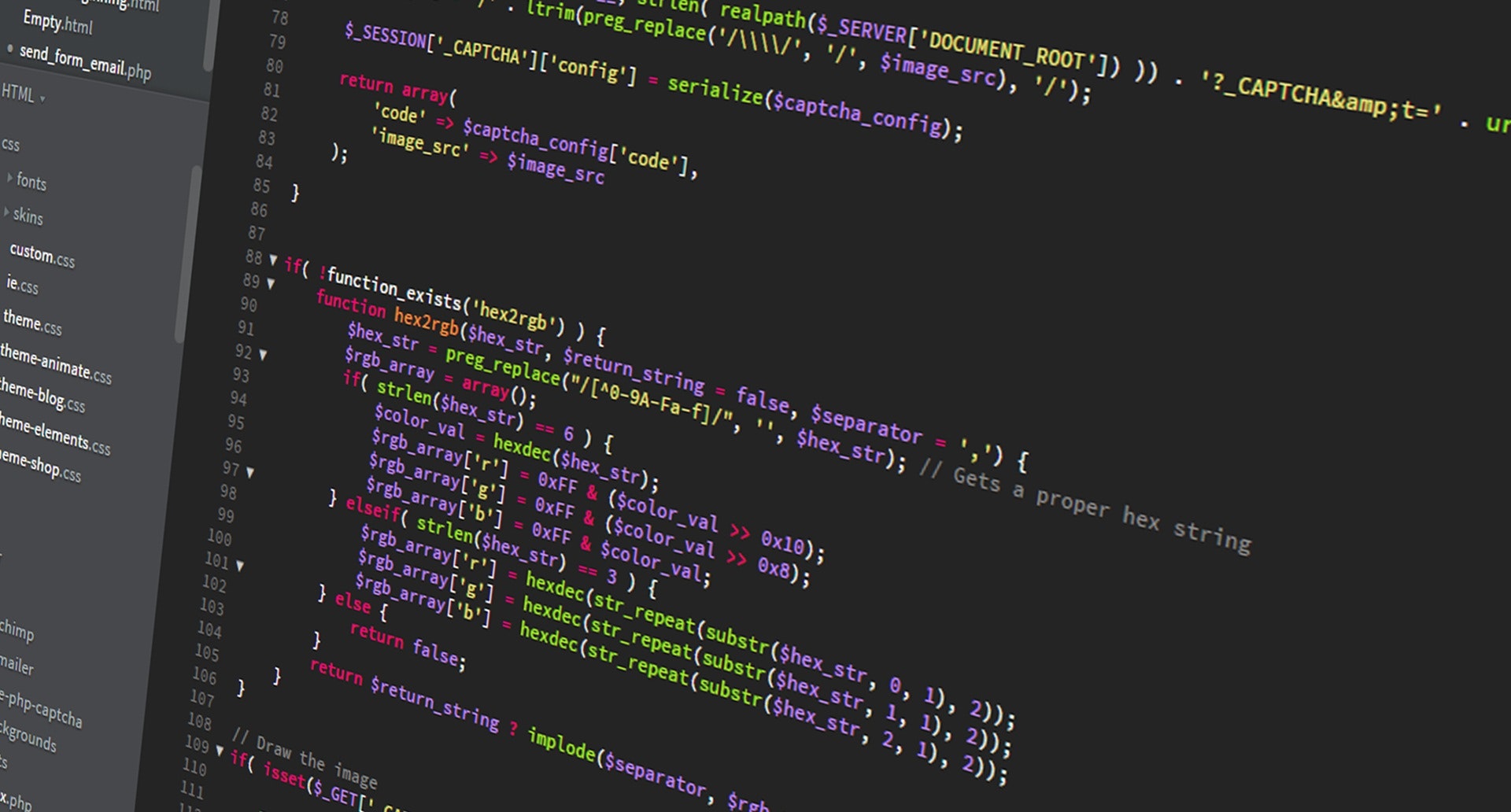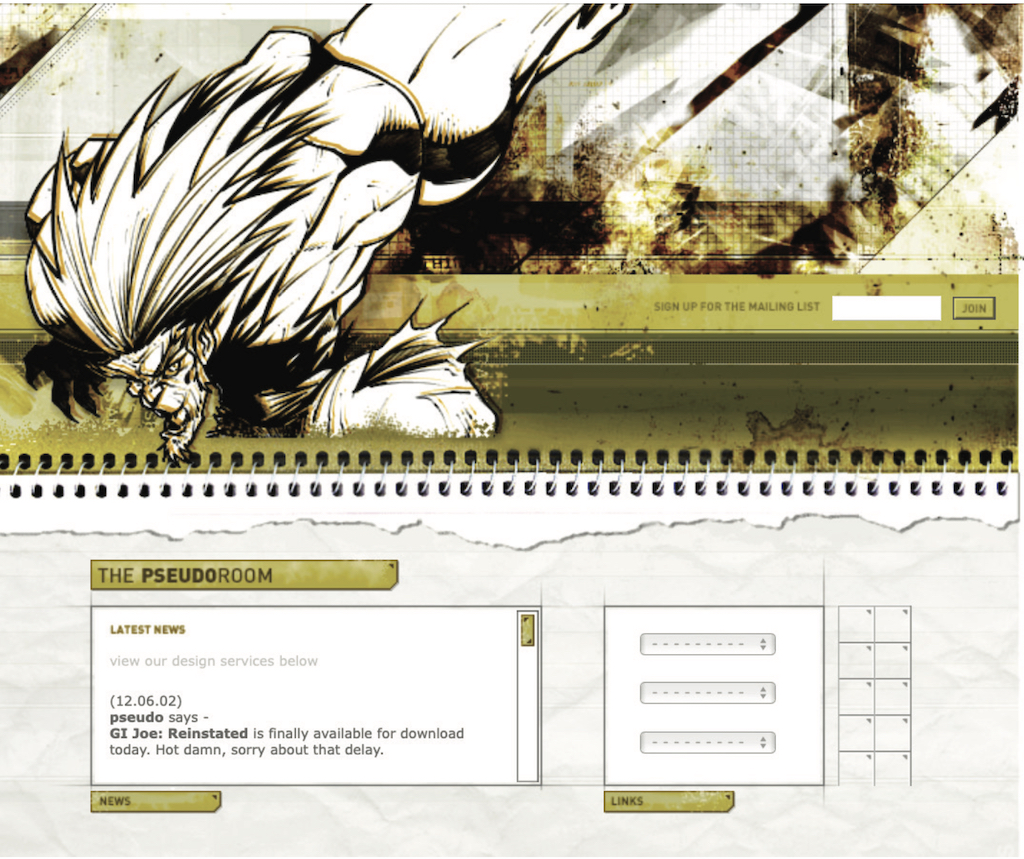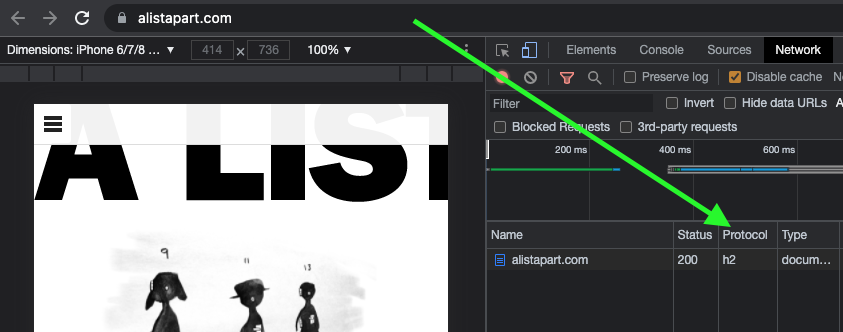Category: General
-

Opportunities for AI in Accessibility
-

I am a creative.
I am a creative. What I do is alchemy. It is a mystery. I do not so much do it, as let it be done through me. I am a creative. Not all creative people like this label. Not all see themselves this way. Some creative people see science in what they do. That is…
-

Humility: An Essential Value
-

Personalization Pyramid: A Framework for Designing with User Data
-

Mobile-First CSS: Is It Time for a Rethink?